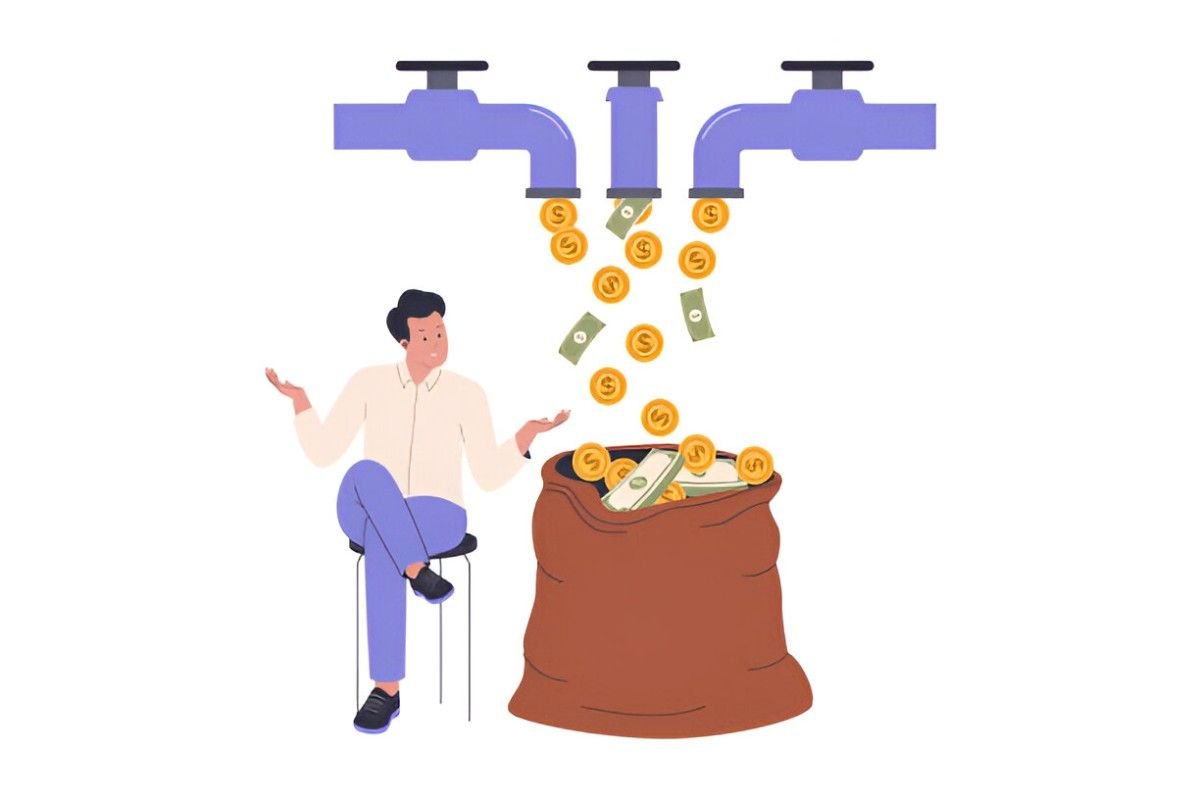Introduction: What Makes a Mutual Fund “Good”?
A good mutual fund isn’t just about past performance—it’s about alignment with your goals, reasonable costs, and consistent strategy. After analyzing thousands of funds, I’ve identified the key markers of quality that stand the test of time.
Table of Contents
1. The Four Pillars of a Superior Mutual Fund
A. Performance That Beats Its Benchmark
- Look for funds that outperform their category average over 5+ years
- Example: A large-cap growth fund should beat the S&P 500 Growth Index
- Warning: Avoid “hot” funds with one great year followed by mediocrity
Pro Tip: Compare annualized returns, not just total returns
B. Low Expense Ratios
| Fund Type | Good Expense Ratio | Excellent Expense Ratio |
|---|---|---|
| Index Funds | <0.20% | <0.10% |
| Active Domestic | <0.75% | <0.50% |
| International | <1.00% | <0.75% |
Why it matters: A 1% difference in fees can cost you $200,000+ over 30 years on a $100,000 investment.
C. Experienced Management
- Seek managers with 10+ years on the same fund
- Watch for “team-managed” funds with clear succession plans
- Avoid funds that change strategies frequently
D. Consistent Strategy
- Style drift = danger
- A good fund prospectus clearly defines:
- Market cap focus
- Valuation approach (growth/value/blend)
- Sector constraints
2. The Screening Process: How to Filter Thousands of Funds
Step 1: Determine Your Need
- Growth: Focus on equity funds with strong capital appreciation
- Income: Consider bond or dividend-focused funds
- Balance: Look for allocation funds (e.g., 60/40 stocks/bonds)
Step 2: Apply These Filters
- Category percentile rank: Top 25% over 5+ years
- Expense ratio: Below category average
- Manager tenure: Minimum 5 years
- Assets under management: $100M-$10B (avoid tiny or bloated funds)
- Turnover ratio: <50% for tax efficiency
Step 3: Deep Dive Analysis
- Read the annual report (not just summary prospectus)
- Check portfolio holdings for concentration risks
- Verify after-tax returns (crucial for taxable accounts)
3. Current Standout Funds by Category (2024)
Large-Cap Growth
- Vanguard Growth Index (VIGAX)
- Expense ratio: 0.05%
- 10-year return: 14.2% vs. 13.1% category
- T. Rowe Price Blue Chip Growth (TRBCX)
- Expense ratio: 0.69%
- 15-year manager tenure
Dividend Focused
- Vanguard Dividend Appreciation (VDADX)
- 10-year return: 10.8%
- 0.08% expense ratio
- Schwab Dividend Equity (SWDSX)
- Consistently beats S&P 500 with lower volatility
International
- Fidelity International Index (FSPSX)
- 0.035% expense ratio
- Tracks MSCI EAFE
- Oakmark International (OAKIX)
- Value-oriented with 25-year track record
4. Red Flags to Avoid
- Performance Chasing
- 90% of top-performing funds underperform in subsequent years
- High Turnover (>100%)
- Generates unnecessary taxes and costs
- Asset Bloat
- Funds >$50B often struggle to maintain edge
- Manager Musical Chairs
- Multiple manager changes in 5 years
- 12b-1 Fees
- Marketing fees that don’t benefit shareholders
5. Special Considerations
For Retirement Accounts
- Prioritize growth-oriented funds
- Can tolerate higher volatility
- Consider target-date funds for simplicity
For Taxable Accounts
- Index funds typically outperform after taxes
- Municipal bond funds for high-tax brackets
- Avoid funds with high dividend yields unless needed for income
6. The Index Fund Advantage
While active funds can outperform, data shows:
- 92% of active large-cap funds underperform S&P 500 over 15 years
- Index funds win on:
- Cost (0.03% vs. 0.75% average)
- Tax efficiency
- Consistency
Exception: Certain small-cap and international markets where active management adds value
7. How to Monitor Your Funds
- Annual checkup: Compare to benchmark and peers
- Watch for style drift: Morningstar’s style box is helpful
- Manager changes: Research new manager’s track record
- Asset growth: Performance often suffers after rapid inflows
Conclusion: The Simple Path to Fund Selection
After decades of research, the formula for finding good mutual funds is clear:
- Start with low-cost index funds for core holdings
- Add a few carefully selected active funds in less efficient markets
- Avoid performance chasing – consistency beats flashy returns
- Rebalance annually to maintain target allocations
Final Recommendation: For most investors, a simple portfolio of:
- 60% Vanguard Total Stock Market (VTSAX)
- 30% Vanguard Total International (VTIAX)
- 10% Vanguard Total Bond (VBTLX)
…will outperform the majority of fund pickers over time. The best fund is often the one that lets you sleep well at night while growing your wealth steadily.





